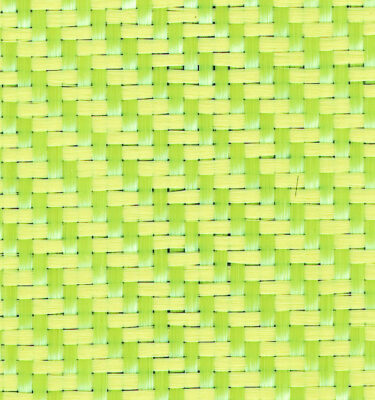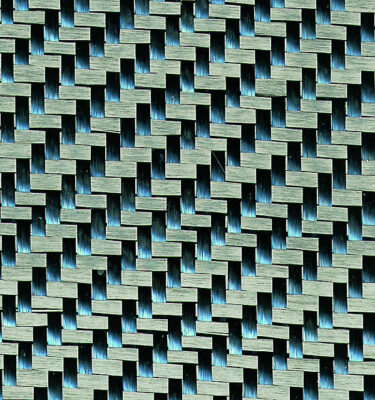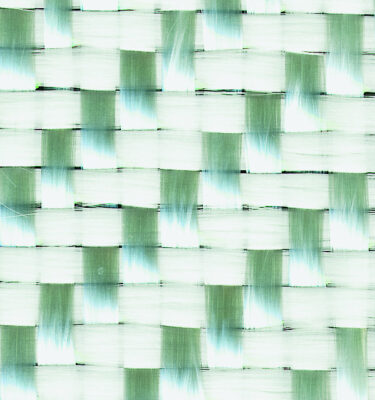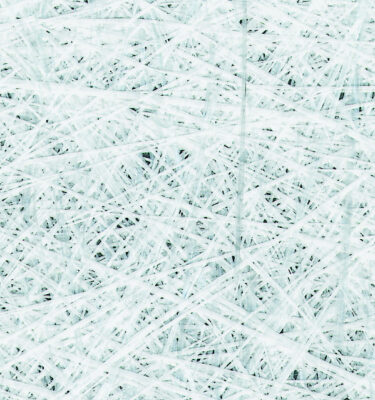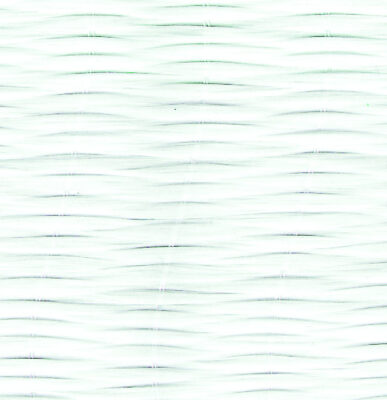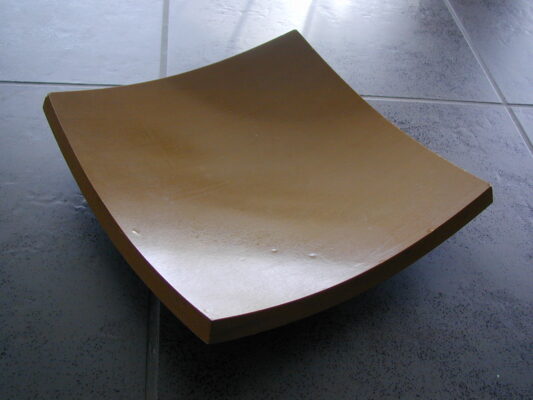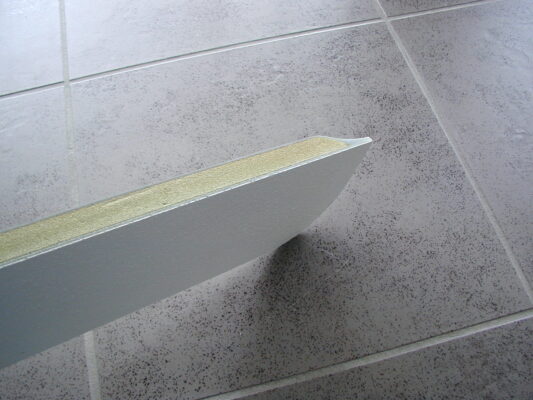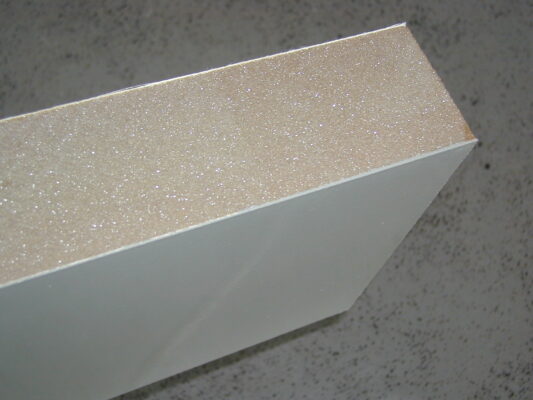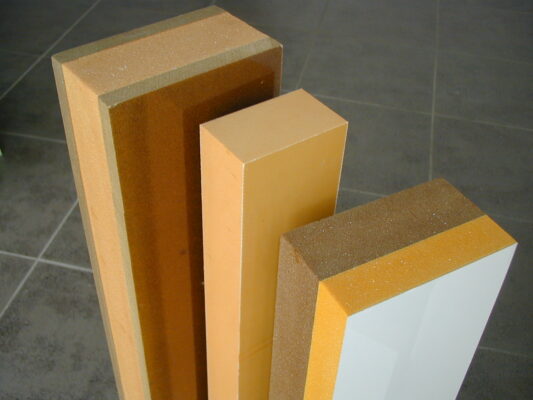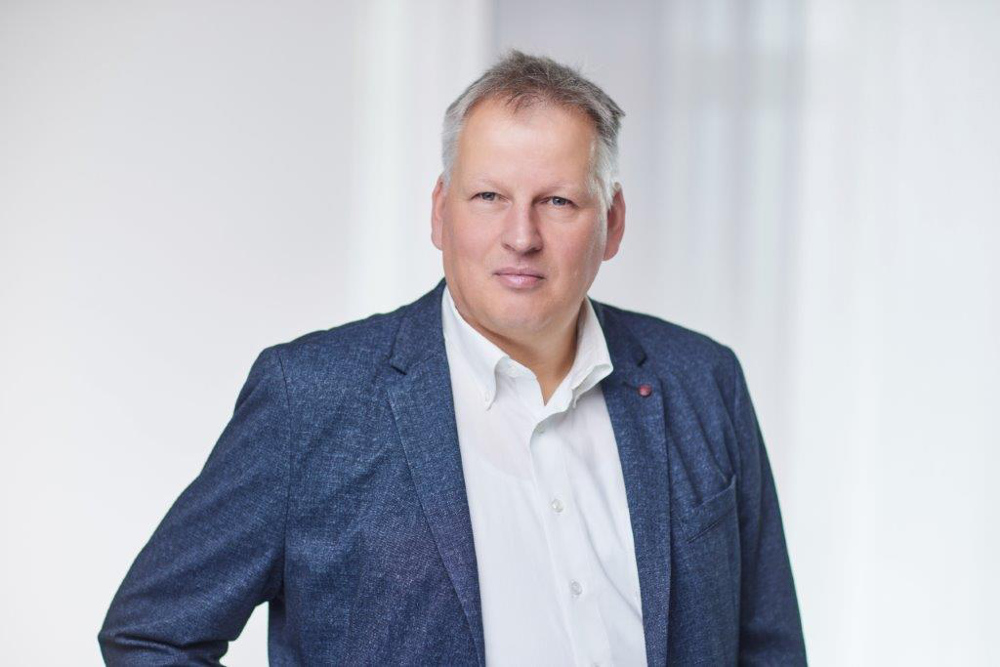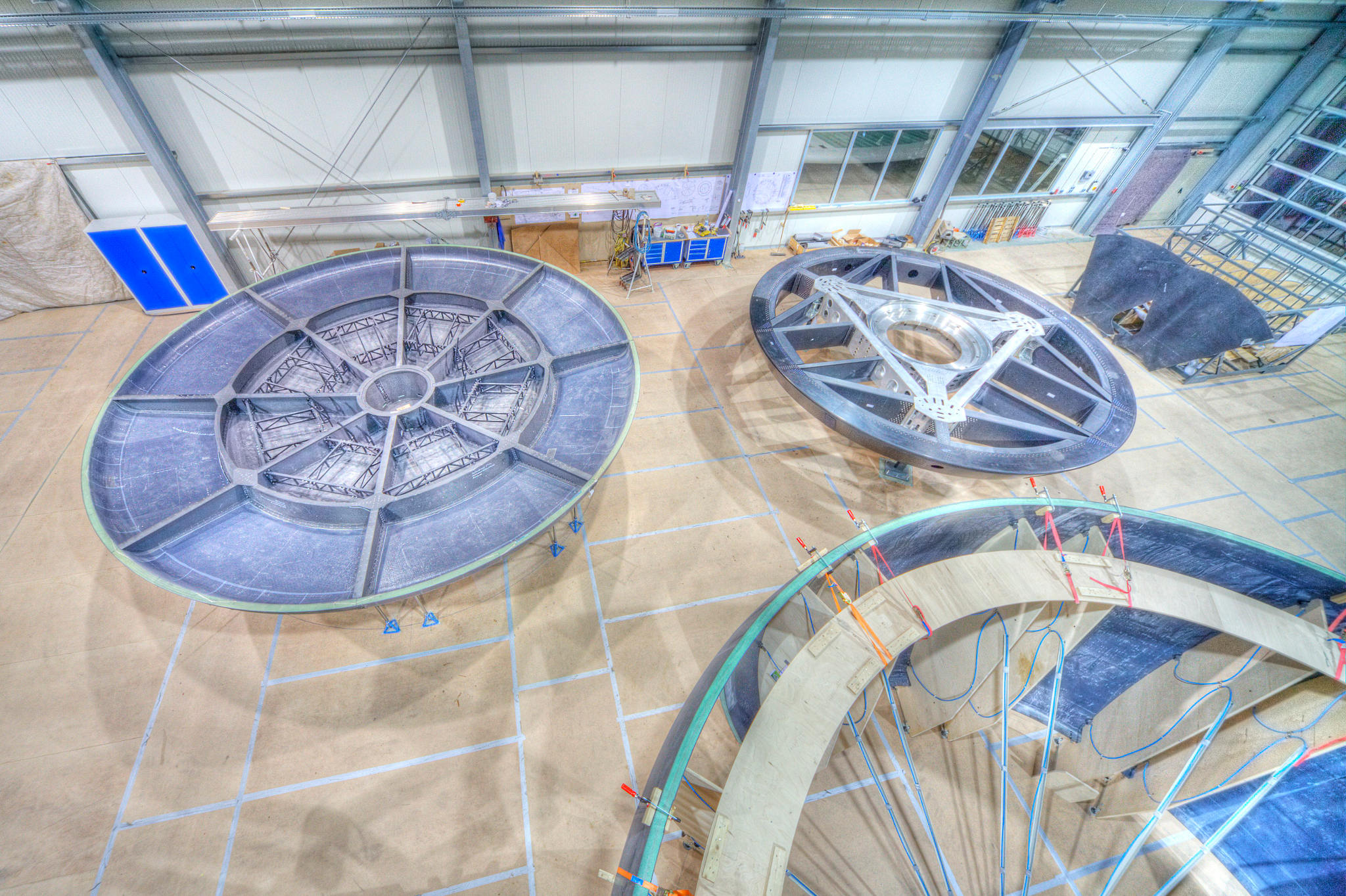
Hahlbrock
Fiber composite plastics
If the focus is on a load-oriented design with the lowest possible weight, modern fiber-reinforced plastics (FRP) are clearly the material of choice.
FRP are superior to other materials in many ways. They offer extremely versatile and attractive design options in terms of shape and color choice.
In addition, FRP in integral design significantly reduce the assembly effort and the number of parts.
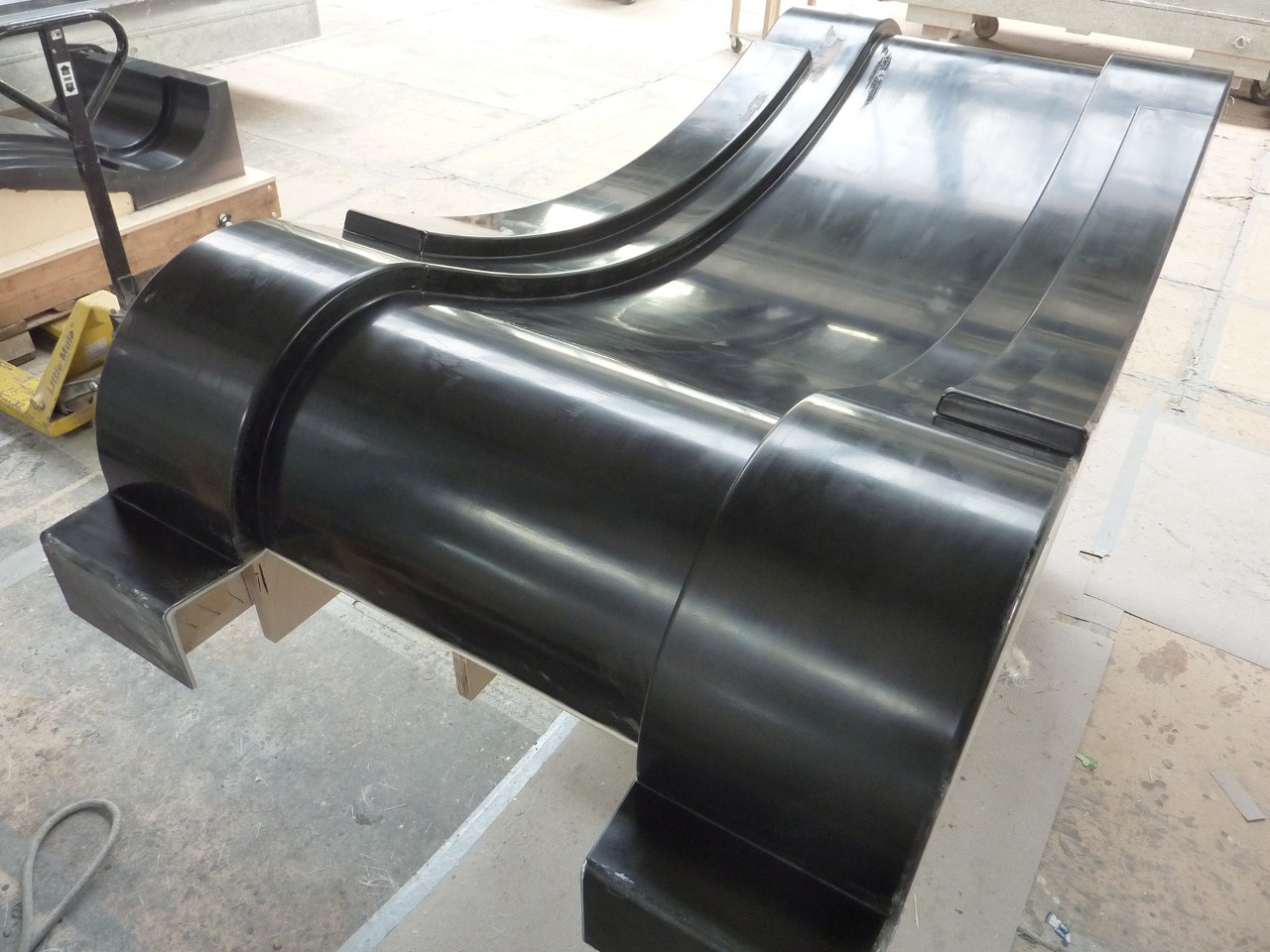
Fiber composite plastics
Your benefits
01
High weight-related strength and rigidity
02
High vibration dampening
03
High fatigue strength
04
Gradual failure
05
Low thermal conductivity
06
Lower thermal expansion than thermoplastics
07
Good electrical insulation ability
08
Good dielectric properties (high frequency permeability)
09
Chemical resistance
10
Great resistance to corrosion and decay
11
High UV and weathering resistance
12
Good formability
13
Integral construction
Fiber composite plastics
starting materials
The selection of the components of a fiber composite material, i.e. the reinforcing fibers and the matrix embedding them, in conjunction with the manufacturing process, determine the properties of the composite. In contrast to many other materials that are already purchased by the product manufacturer as semi-finished products or pre-produced according to standards, the optimum characteristic values of a fiber composite plastic can only be achieved through the interaction of the right technology and trained, knowledgeable employees in the design and production areas.
Hahlbrock processes almost all types of fiber materials based on glass, carbon and aramid (Kevlar ® ). Tailored to the function, technical environment and economic aspects of the molded part, these fibers are specified in their confection and processed with unsaturated polyester, epoxy or vinylester resins to produce a specifically lightweight and high-strength molded part. The pre-hardened molded parts are generally thermally post-treated (tempered) according to the resin manufacturer’s specifications.
In addition to the classic properties of fiber composite materials, such as specifically low weight with high strength, good corrosion resistance and excellent formability, other advantageous material properties can be generated. We benefit from a long, trusting collaboration with our resin suppliers, which enables us to rely on a large number of special formulations of standard resins and to test them in-house for their suitability on a project-specific basis. For example, resins have been made process-safe for sophisticated manufacturing processes and new areas of application, for example in construction, have been opened up through high translucency, elasticity or fire resistance.
Fiber composite plastics
Starting materials
Hahlbrock uses a variety of methods to produce molded parts. Trained and knowledgeable employees in the production area always ensure high quality, whether in the material selection, execution or on-time completion.
INJECTION PROCESS / RTM-light
The different injection processes enable high fiber content and correspondingly high strength. Further advantages of the closed-loop process are low-emission processing and low spread of quality-relevant parameters. The fiber products are inserted dry into the mold. Under the influence of a pressure gradient, resin is injected into the prepared reinforcing material.
Prepreg process (autoclaveless)
The most frequently used process in the production of FRP molded parts in medium and large series. Mat cuts are placed in the tool and covered with the activated resin. Under the pressure of the closing mold upper part, the resin is distributed in the mold (cavity) and saturates the fibers.
HAND LAMINATE
This process is particularly suitable for prototypes and small series, but also for large-format and geometrically complex molded parts. After a top layer has been applied and hardened, the fibers are placed in the open mold for lamination in the form of mats or fabrics and soaked in resin. After each layer, trapped air is removed by rolling it out. The next layer is then applied. After curing at room temperature, the parts are demoulded and reworked.
FIBER SPRAY PROCESS
The fiber spraying process is a partially mechanical version of hand lamination. The activated resin is sprayed onto the mold together with cut glass fiber rovings and then vented by rolling it out.
Fiber composite plastics
Sandwich structures
Sandwich components are among the structural elements of lightweight construction. As a rule, they consist of two thin, solid cover layers and a thicker but lightweight core material.
Cover layers made of fiber-reinforced plastic have high tensile and compressive strength. The core, for example made of rigid foam, essentially has the function of a spacer and only serves to transmit the shear forces that occur.
Sandwich constructions can absorb distributed loads better and are very resistant to bending and torsion in all surface directions. Since no rib marking can occur, they hold their shape better, which enables higher quality surfaces. Further advantages include the specifically low weight with high strength, good sound and heat insulation properties and high vibration resistance. They are particularly useful for fiber composite molded parts and panels when, due to structural aspects, large spans between the support points have to be bridged or when, for aesthetic reasons, uniformly smooth surfaces are desired on both sides of the molded part.
Hahlbrock has been producing sandwich panels for several decades using the vacuum process for ship superstructures, for radomes and antenna covers as well as for other high-quality presentation surfaces, for example in trade fair construction, the Landscape for the BMW Group.
We have the know-how to apply very thin and evenly thick GFRP and aramid cover layers to flat or spherically curved cores, especially for the construction of radomes and antenna claddings. CNC-supported formatting of the panels guarantees highly precise butt joints, even without metallic assembly components. The core materials used are homogeneous foam panels of different densities based on PUR and PVC, depending on the static, dynamic or thermal requirements. For radomes (e.g. Nippon Radome ) and special applications, the higher quality PMI foam can also be used. For special radar technology requirements, the core materials are also composed of plates of different densities and thicknesses.
Honeycomb materials made from aluminum sheet or plastic films are also processed. The three-dimensional fiberglass knitted fabrics are a special sandwich material, the web threads of which stand up due to the resin impregnation and separate the two fabric layers of the knitted fabric from each other. This double-walled, gas-tight GFRP material is also referred to as spacer fabric and can be used, for example, to form a leak warning chamber for container linings that is integrated into the material. Hahlbrock coated various sewage treatment plant basins with this corrosion-resistant GRP material.

